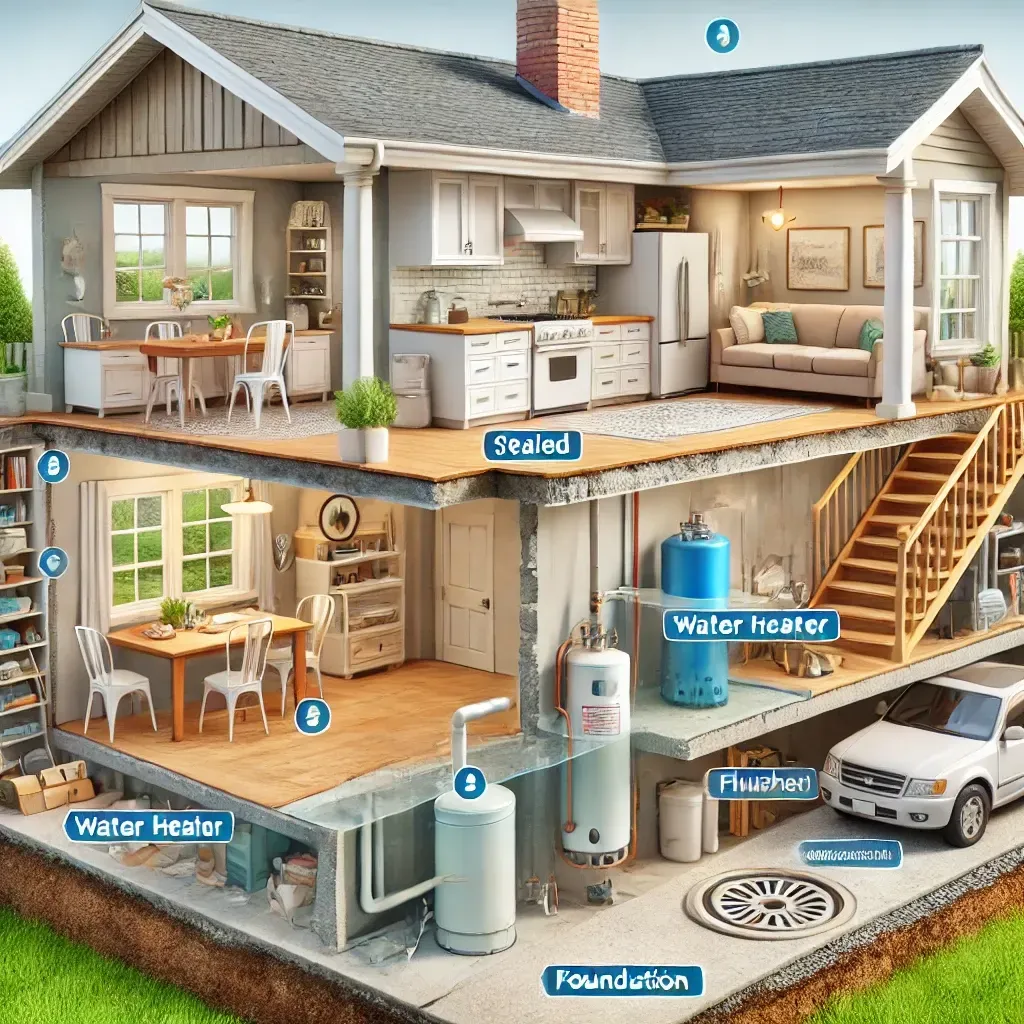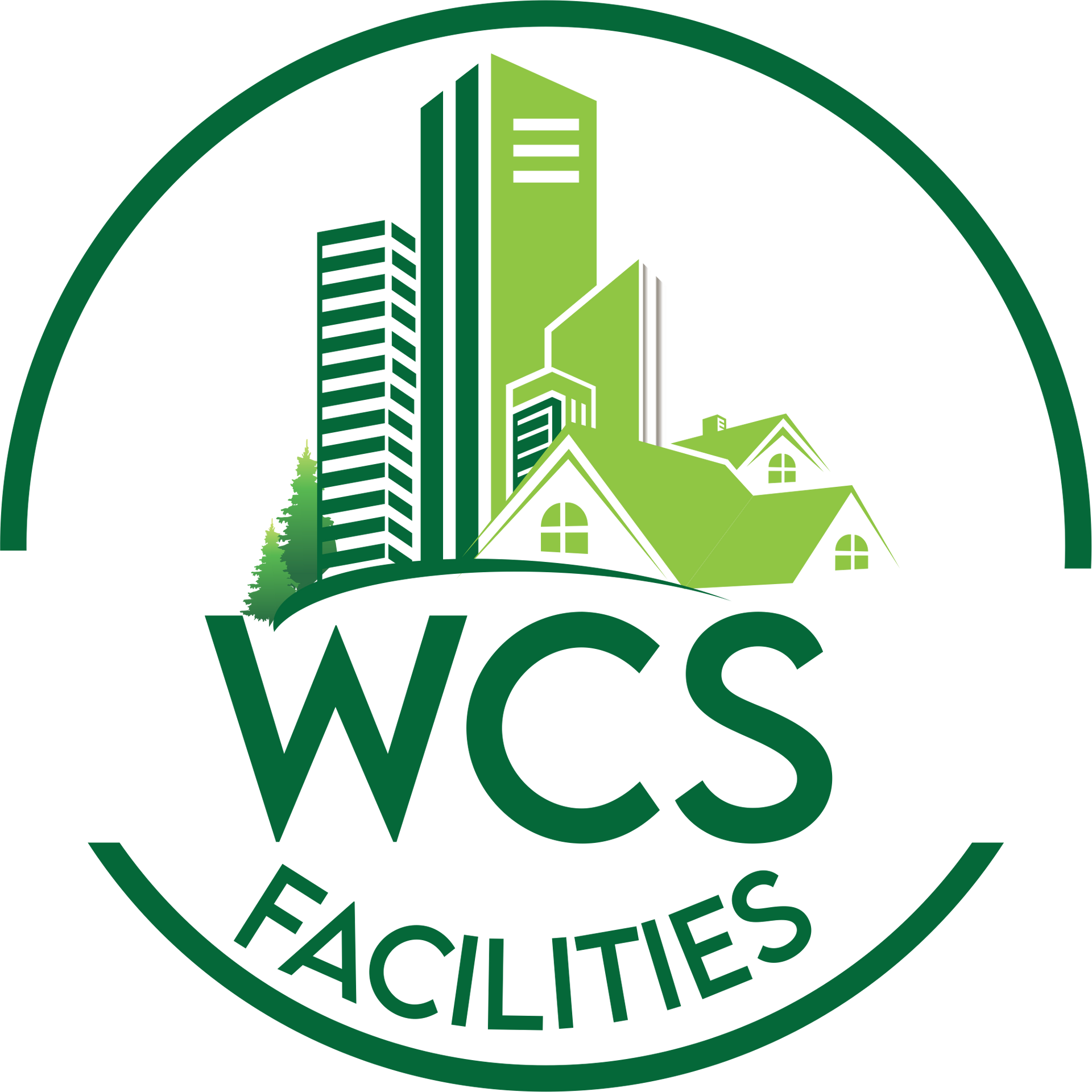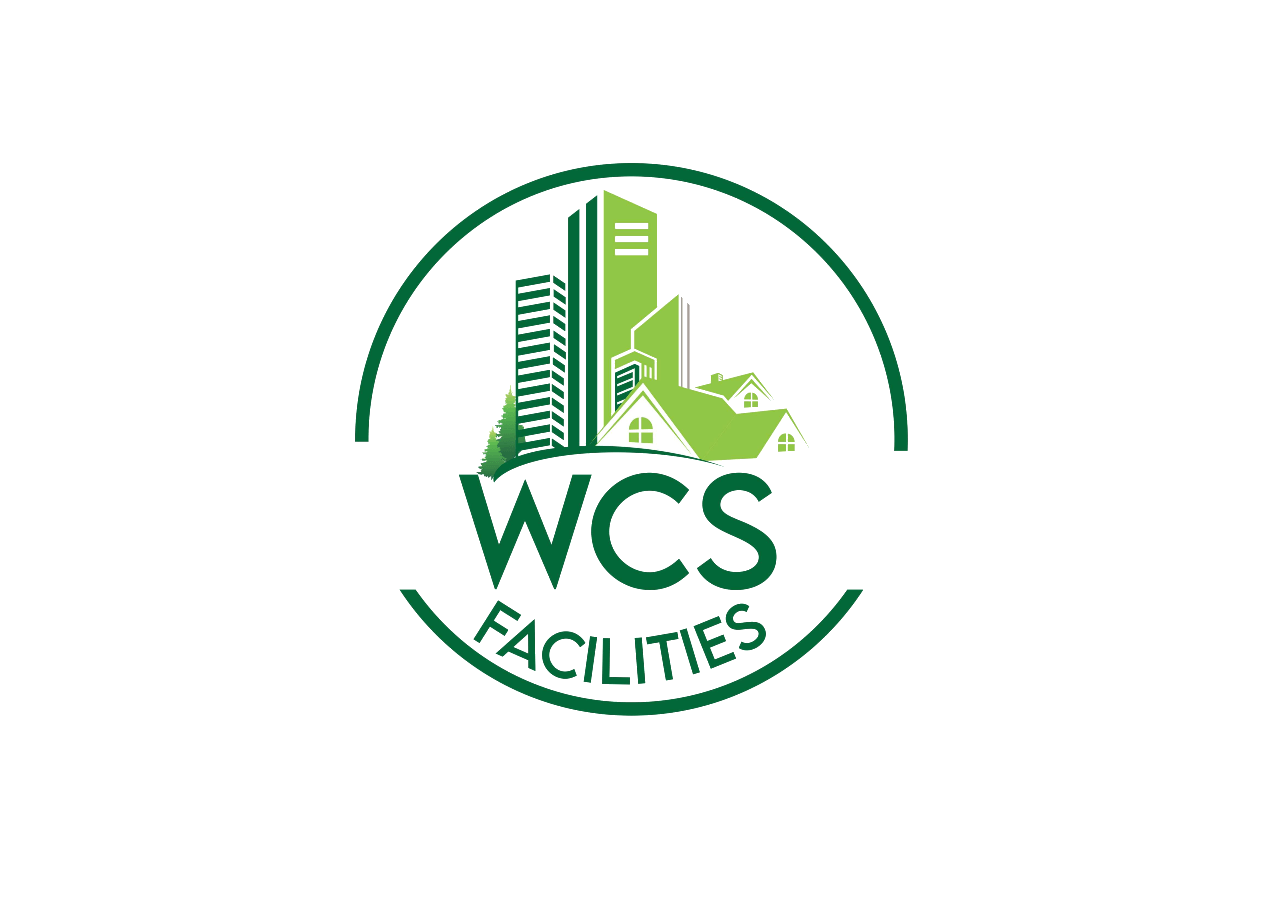The Importance of Transparency: Why Sustainability Reporting Matters
In recent years, sustainability has gained significant attention, and rightfully so. The issues of climate change, pollution, and the exhaustion of natural resources have become increasingly urgent and require immediate attention. Moreover, as individuals become more aware of their environmental footprint, they are increasingly demanding that companies take a proactive approach to address these issues. One way that companies can display their commitment to sustainability is through sustainability reporting.
In this blog post, we will look into the world of sustainability reporting, exploring what it entails and why it's such a crucial aspect of a company's approach to sustainability. We'll examine the benefits of sustainability reporting, including enhanced transparency and accountability, improved decision-making, stakeholder engagement, legal and regulatory compliance, and brand reputation and customer loyalty. So, let's dive in and discover why sustainability reporting matters!
What Is Sustainability Reporting?
Sustainability reporting involves measuring, disclosing, and being accountable for the social, environmental, and economic impact of an organization. It's a practice that aims to provide transparency and clarity on an organization's sustainability performance, allowing stakeholders to understand the impact of the organization's operations, products, and services. It involves collecting data on a wide range of sustainability issues, such as carbon emissions, water usage, waste generation, and labor practices. The information is then analyzed and reported to stakeholders, such as investors, customers, employees, and the general public.
Why Sustainability Reporting Matters?
The body content of your post goes here. To edit this text, click on it and delete this default text and start typing your own or paste your own from a different source.

- Transparency and accountability
Sustainability reporting enhances transparency and accountability by providing stakeholders with an accurate and comprehensive view of an organization's sustainability performance. It allows stakeholders to understand the environmental and social impacts of a company's operations, products, and services and to assess the organization's progress toward its sustainability goals. This information enables stakeholders to make informed decisions and hold organizations accountable for their sustainability performance.
- Improved decision-making
Sustainability reporting provides decision-makers with the data and insights necessary to make informed decisions. The reporting helps identify areas of improvement and informs the development of sustainability strategies, policies, and programs. By measuring and reporting on sustainability performance, organizations can identify risks and opportunities, improve their operations, and enhance their reputation and competitive advantage.
- Stakeholder engagement
Sustainability reporting facilitates stakeholder engagement by providing a platform for dialogue and collaboration. The reporting process allows organizations to engage with their stakeholders and solicit feedback on sustainability issues that are important to them. This engagement can help build trust and credibility with stakeholders and enhance the organization's social license to operate.
- Legal and regulatory compliance
Sustainability reporting is becoming increasingly important for legal and regulatory compliance. As a result, many jurisdictions have implemented mandatory reporting requirements for environmental, social, and governance (ESG) issues. Organizations that fail to comply with these requirements may face legal and reputational risks.
- Brand reputation and customer loyalty

Sustainability reporting can enhance an organization's brand reputation and customer loyalty. There is a growing trend among customers to be more mindful of the environmental and social consequences of the products and services they use, making it crucial for organizations to provide clear and concise information through their sustainability report. In addition, reporting on sustainability performance can enable organizations to showcase their commitment to sustainability and establish trust with their customers. This trust can lead to increased customer loyalty and sales.
Conclusion:
Don't let your company fall behind in the race for sustainability! By investing in sustainability reporting, you can boost your brand's reputation, engage stakeholders, and ensure legal compliance, all while enhancing your sustainability efforts. With sustainability becoming a top priority for businesses worldwide, it's time to take action and hire the right people to create a
sustainability report that truly sets your company apart. So don't wait - start reporting today and join the ranks of leading sustainable organizations!
You might also like




